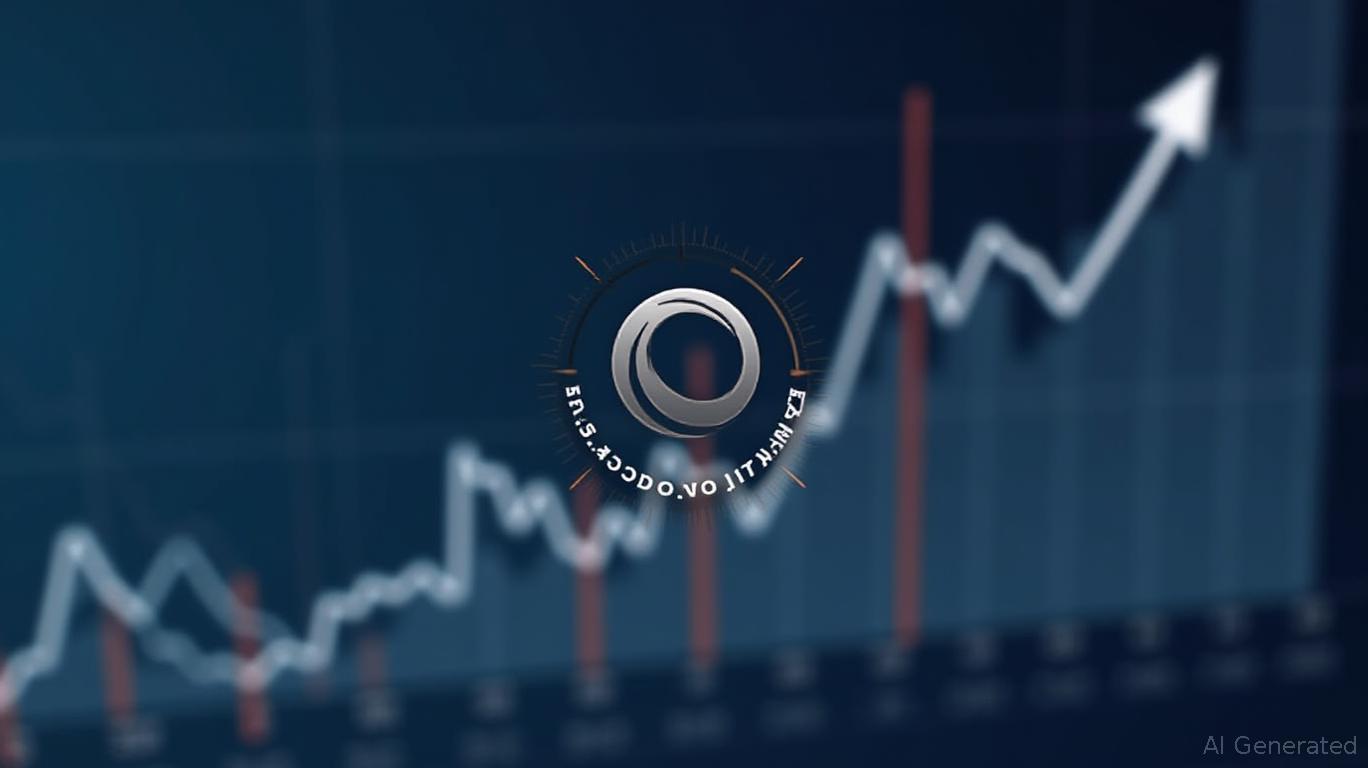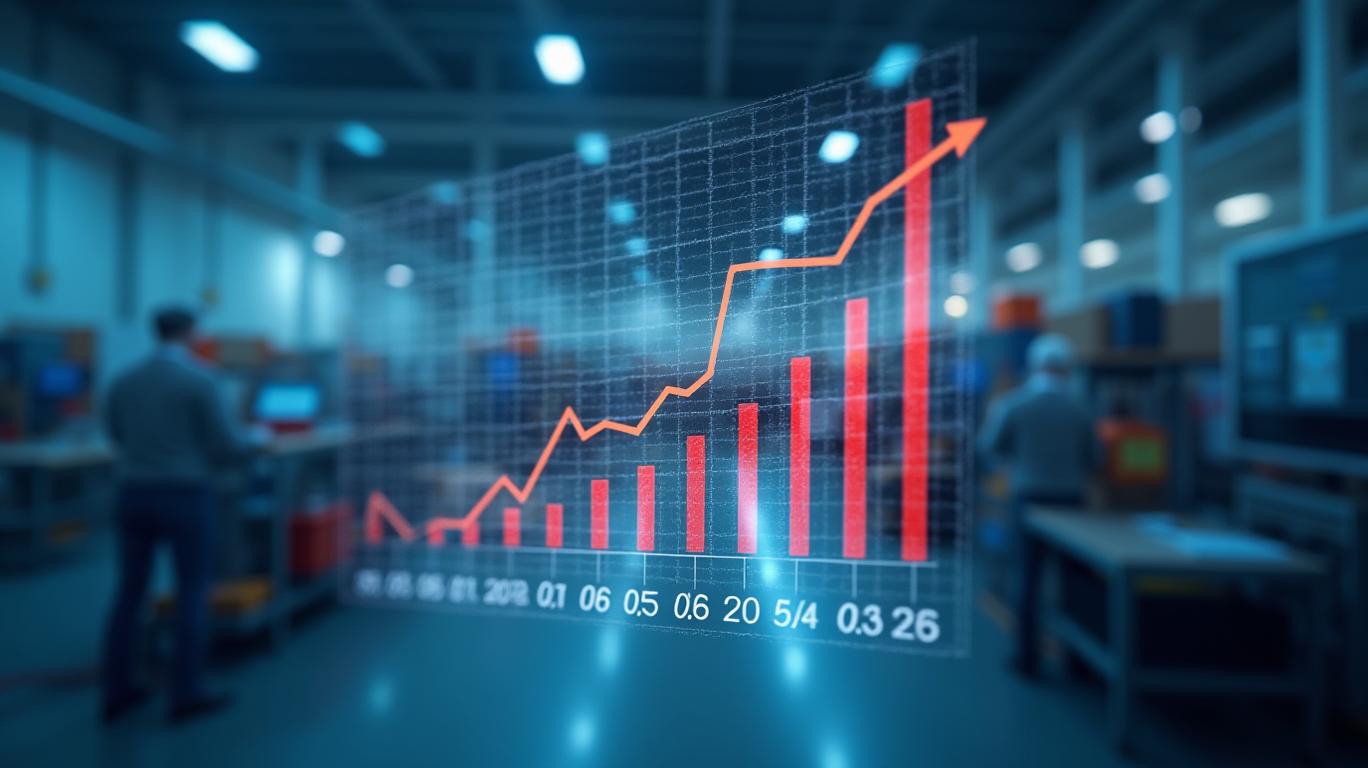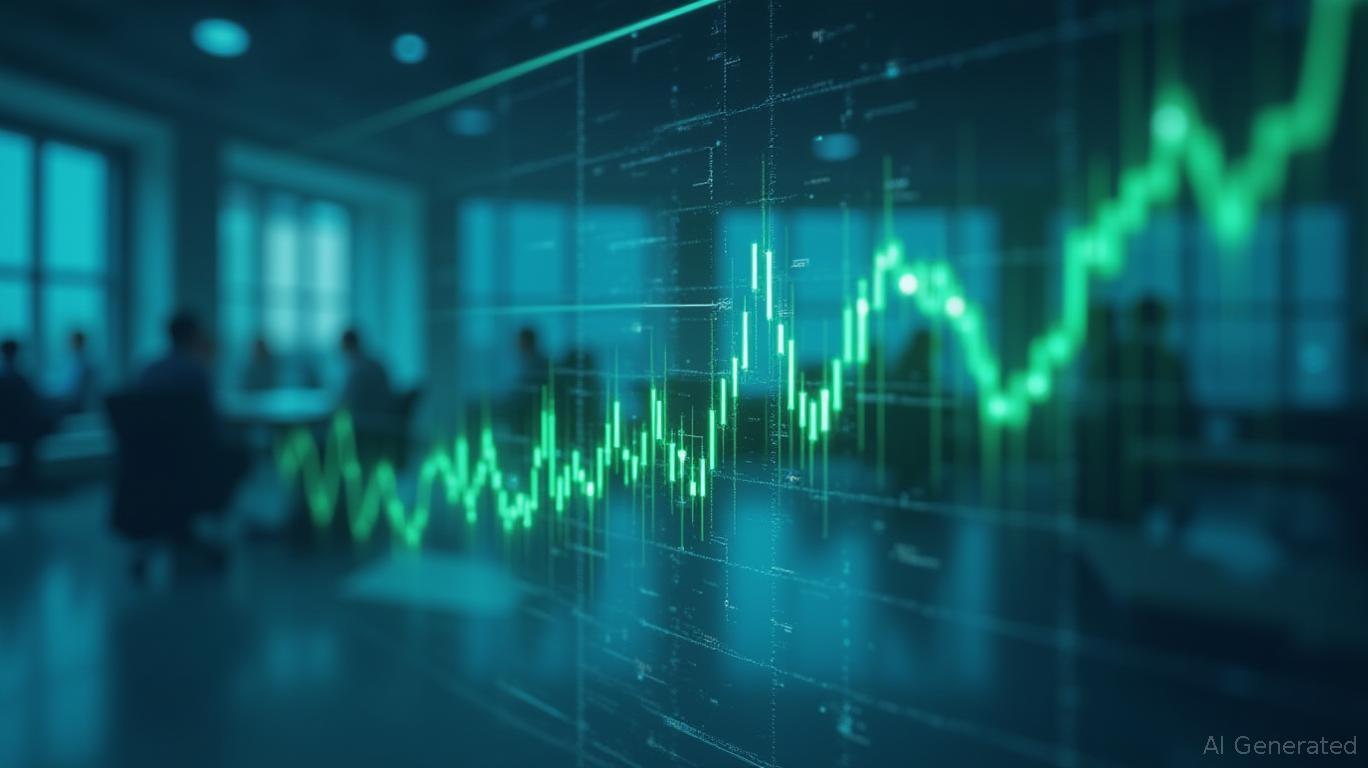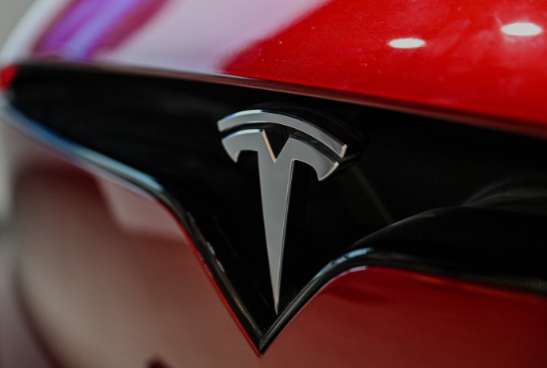German Business Sentiment Inches Higher Amid Tariff Turbulence – A Fragile Recovery?
The latest IFO Business Climate Index for Germany in April 2025 edged up to 86.9, marking a modest improvement from March’s 86.7. While this uptick has sparked cautious optimism, the data masks underlying vulnerabilities as trade tensions with the U.S. escalate. Let’s dissect the numbers, sectoral dynamics, and risks to determine whether this “recovery” is durable enough for investors.

The IFO Data: A Glimmer of Hope, But Fragile
The April improvement was driven by the Current Assessment Index, which rose to 86.4—its highest since July 2024. Construction and services sectors reported stronger confidence, buoyed by government infrastructure spending and stable demand. However, the Expectations Index dipped slightly to 87.4, reflecting lingering uncertainty in manufacturing and retail. This divergence highlights a critical imbalance: while businesses are content with current conditions, they remain pessimistic about the future.
The IFO report’s emphasis on “fighting off the recession” underscores a fragile equilibrium. Germany’s economy is projected to stagnate in 2025, with GDP growth expected to hover near 0.6%—a stark contrast to the 1.8% growth of 2024. The EUR/USD exchange rate rose 0.6% to 1.1382 on the news, but this rally may be short-lived if tariffs disrupt trade flows further.
The Tariff Tsunami: Who’s Sinking, Who’s Floating?
The U.S. tariffs announced in April 2025 hit Germany’s export-heavy economy hard. Key sectors and companies face immediate headwinds:
- Automotive Sector: A 25% tariff on vehicles and parts (effective April 3) directly impacts BMW, Daimler (Mercedes-Benz), and Volkswagen. These firms accounted for €102 billion in U.S. exports in 2024, with tariffs now adding €25.5 billion in costs annually.
Expect volatility here as companies absorb tariffs or raise prices.
Steel and Aluminum: The 25% tariffs on these materials (reinstated March 12) hit machinery and construction firms. ThyssenKrupp and Salzgitter face margin pressures, while infrastructure projects relying on imported materials may slow.
Services and Construction: Surprisingly resilient, with expectations improving due to domestic infrastructure spending. The construction sector’s capacity utilization rose to 72.6% in March, near its 10-year average of 76.1%, suggesting continued demand.
Policy Responses: A Band-Aid or a Cure?
Germany’s coalition government introduced a fiscal stimulus package in March 2025, allocating €30 billion to support SMEs, green energy projects, and regional development. While this may provide short-term relief, analysts warn it’s insufficient to counteract the €69.9 billion U.S. trade surplus Germany relies on. The EU’s retaliatory tariffs on U.S. goods (e.g., bourbon, motorcycles) risk escalating a trade war, with no clear path to resolution.
Regional and Sectoral Divide
The IFO report noted that only 5 of Germany’s 16 states recorded GDP growth in Q4 2024, highlighting regional disparities. Northern states like Schleswig-Holstein (booming logistics) and Hamburg (ports) outperformed southern states like Bavaria, which is heavily dependent on automotive exports. Investors should favor firms in resilient sectors (e.g., construction, renewable energy) and regions with diversified economies.
The Bottom Line: Proceed with Caution
The April IFO data offers a sliver of hope but cannot mask the structural challenges. Key risks remain:
- Trade Conflict: U.S. tariffs could expand to pharmaceuticals or medical devices, which account for €12.4 billion in German exports annually.
- Labor Costs: Wages rose 3.8% year-on-year in Q1 2025, squeezing margins for export-reliant firms.
- Consumer Sentiment: The GfK Consumer Climate Index fell to -21.3 in April, signaling households may cut spending amid inflation fears.
Low bond yields (currently 1.8%) suggest investors are pricing in stagnation, but rising inflation (5.2% in March) complicates the picture.
Conclusion: A Delicate Balancing Act
Germany’s economic trajectory hinges on navigating trade wars and structural reforms. While the IFO uptick reflects resilience in domestic sectors, the automotive and industrial sectors face prolonged pain. Investors should prioritize diversified companies with exposure to EU markets or services, such as Siemens Energy (renewables) or Deutsche Telekom (digital infrastructure).
Avoid overexposure to pure-play exporters like Volkswagen without hedging against currency risk. The EUR/USD rate’s 0.6% rise hints at temporary optimism, but without a resolution to U.S. tariffs, this could reverse. For now, the German economy is treading water—cautious optimism is warranted, but the storm clouds remain on the horizon.
Final Takeaway: German business sentiment’s slight improvement is a flicker of light in a stormy economic landscape. Investors must balance short-term opportunities in construction and services with long-term risks from trade wars. The path to recovery is narrow—stay nimble, and keep one eye on the horizon.










